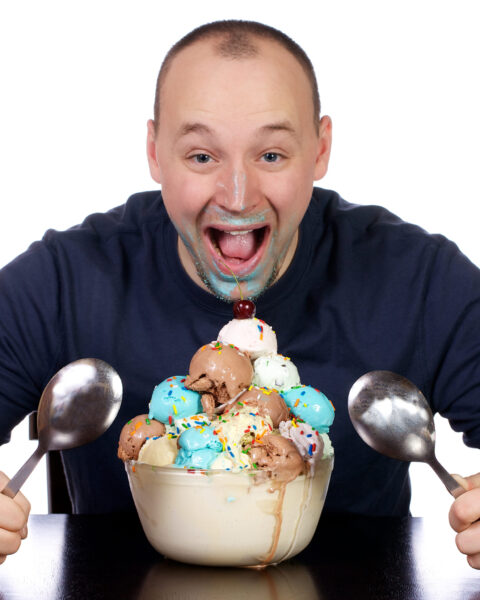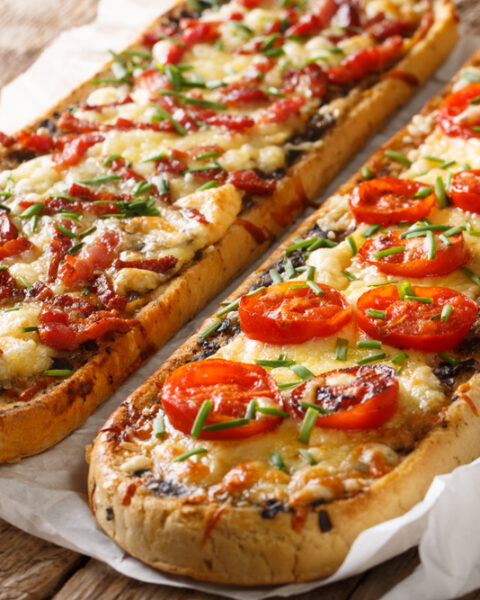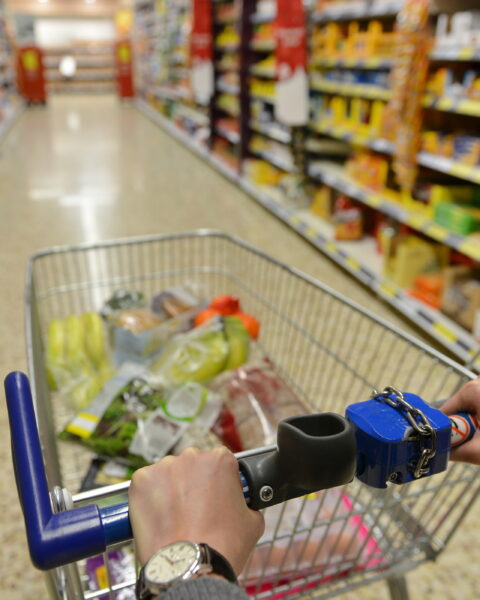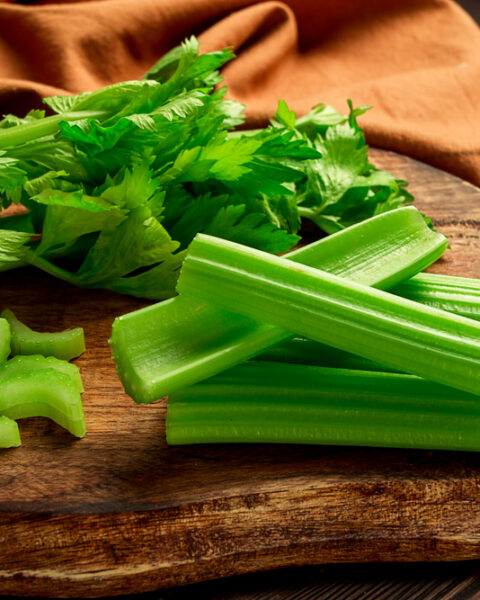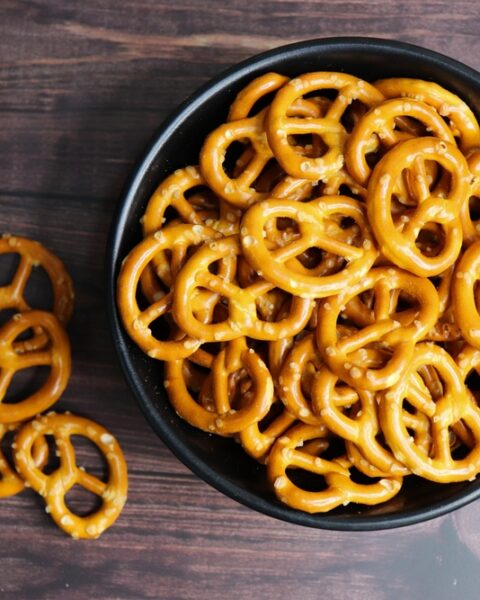Remember the joy of opening a can of your favorite soda from back in the day? Retro soft drinks weren’t just drinks—they were part of fun moments and memories. Some were bold new flavors, while others were timeless classics, but all of them made an impact. Whether it was the fizz, flavor, or the memories, these drinks were a big part of an era. Let’s take a look at some of the most iconic soft drinks that had their moment.
Contents
Surge
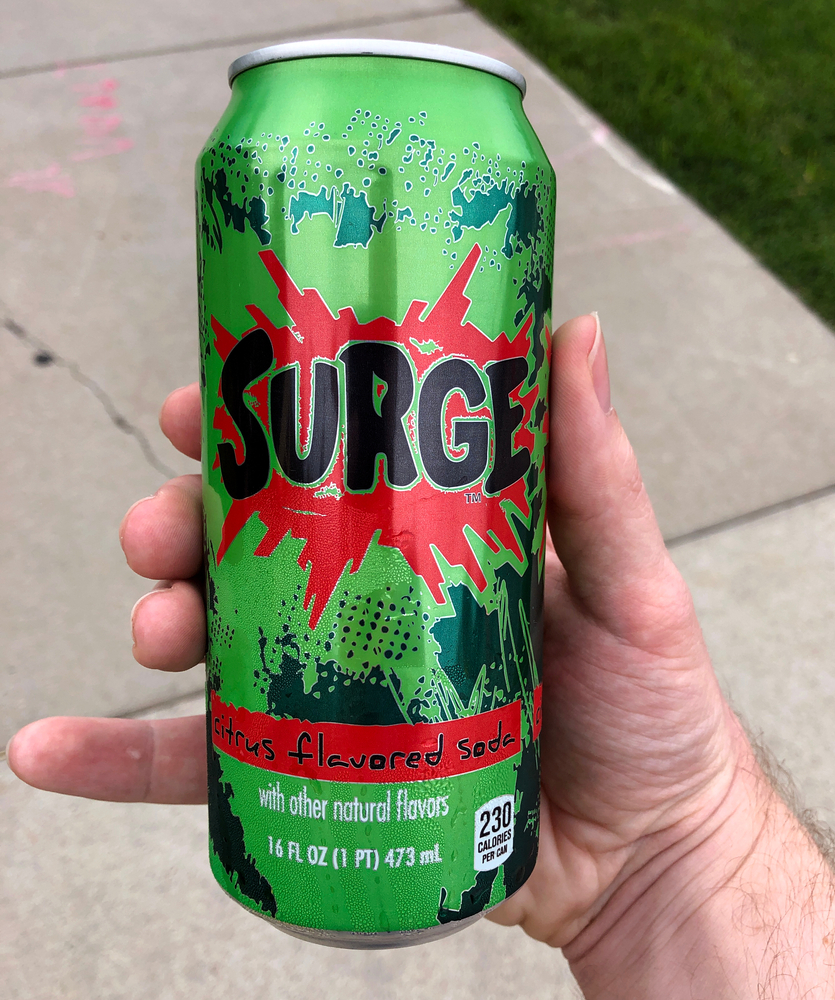
Introduced by Coca-Cola in 1996, Surge was a citrus-flavored soda aimed at competing with Pepsi’s Mountain Dew. Its high caffeine content and vibrant green color appealed to teenagers and young adults. Despite a strong initial following, Surge was discontinued in 2002 due to declining sales. However, a dedicated fan base led to its limited re-release in 2014, primarily through online sales. The resurgence demonstrated the lasting nostalgia for 1990s beverages.
Crystal Pepsi
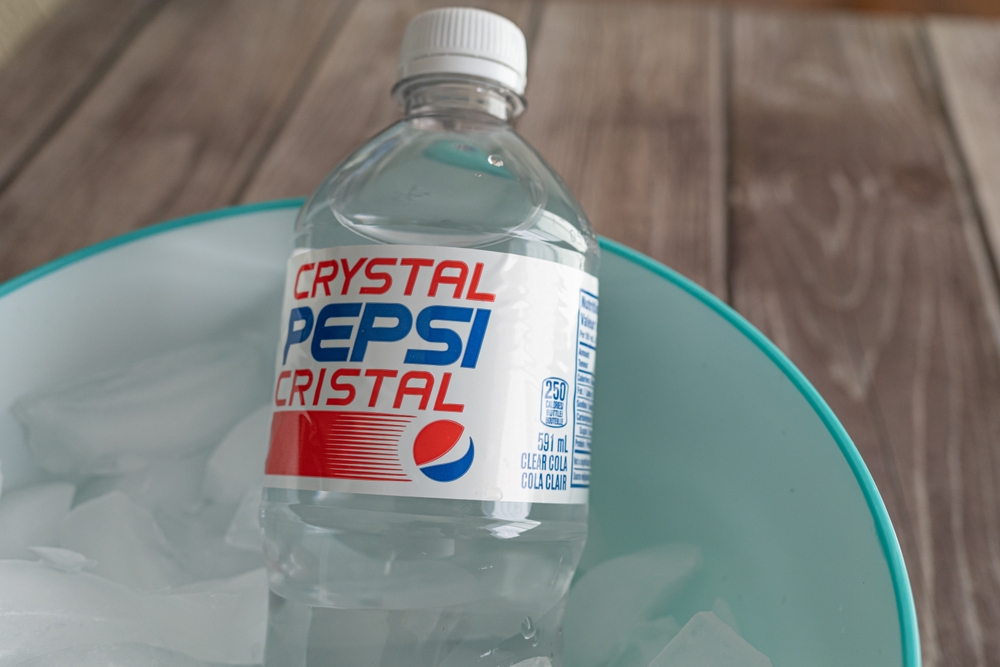
Launched in 1992, Crystal Pepsi was a caffeine-free, clear cola that promised a “pure” alternative to regular colas. Its transparent appearance set it apart, aligning with the early ’90s trend of clear products symbolizing purity. Despite significant initial interest, sales declined, leading to its discontinuation in 1994. The drink saw brief comebacks in 2016 and 2017, catering to nostalgic consumers.
7 Up Gold
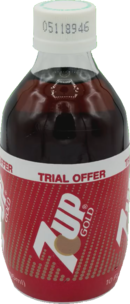
7 Up Gold was a spiced soft drink introduced in 1988 as an extension of the 7 Up brand. Unlike the original clear and caffeine-free 7 Up, this variant had a darker color and a bold, spicy flavor. The significant departure from 7 Up’s image confused consumers, leading to its discontinuation within a year. Despite its short lifespan, 7 Up Gold remains a memorable experiment in soft drink history.
OK Soda
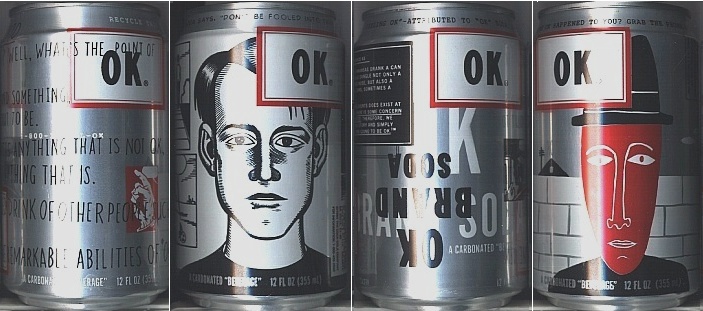
Coca-Cola launched OK Soda in 1993, targeting Generation X with a countercultural marketing approach. The drink’s branding embraced a deliberately bland aesthetic, featuring abstract artwork and existential messaging. Despite the innovative concept, OK Soda failed to resonate with consumers and was discontinued in 1995. Its unconventional marketing campaign remains a case study in branding.
Josta
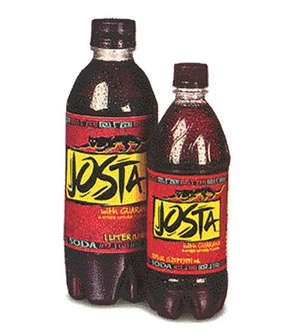
Introduced by PepsiCo in 1995, Josta was the first energy drink by a major U.S. soft drink company. It contained guarana and caffeine, offering a unique fruity flavor. Despite a cult following, Josta was discontinued in 1999 due to insufficient sales. Fans have since petitioned for its return, highlighting its impact on the energy drink market.
Orbitz
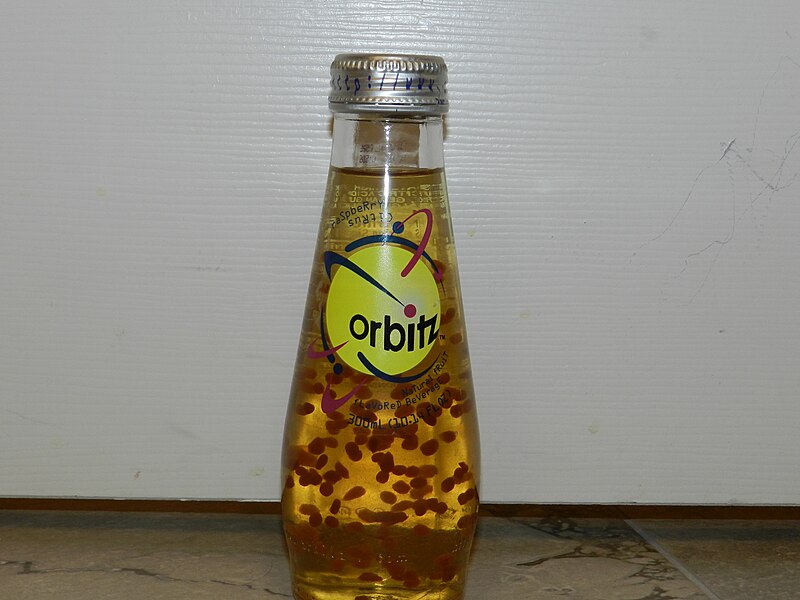
Launched in 1997 by the Clearly Canadian Beverage Corporation, Orbitz was a non-carbonated fruit-flavored beverage. It was distinctive for its floating edible balls suspended in the liquid, creating a lava lamp-like appearance. The unique texture and look intrigued consumers, but the unusual consistency led to its discontinuation in 1998. Orbitz remains a nostalgic novelty for those who experienced it.
Pepsi Blue
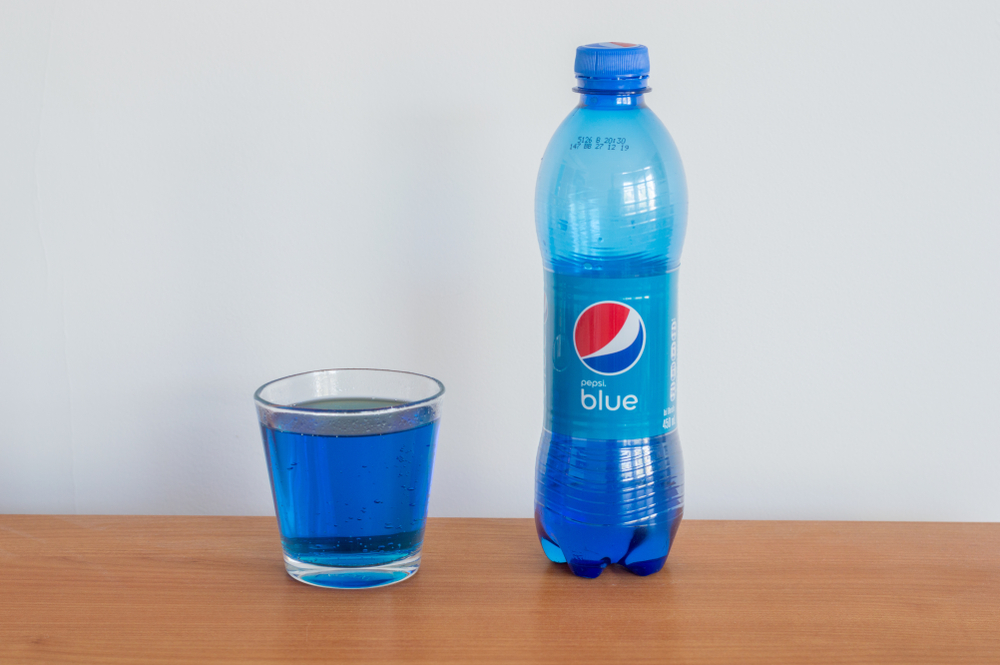
Introduced in 2002, Pepsi Blue was a bright blue, berry-flavored soda aimed at a younger demographic. Its bold color and sweet taste were designed to stand out, but it faced criticism for its use of artificial coloring. After two years of lackluster sales, Pepsi Blue was discontinued in 2004. Despite its short run, it remains a memorable part of early 2000s beverage culture.
Squeezit
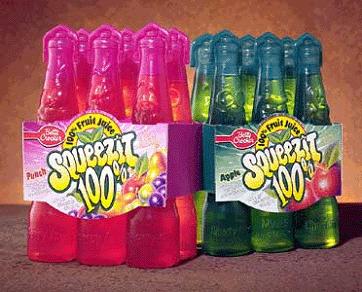
Squeezit was a fruit-flavored juice drink popular in the 1980s and 1990s, packaged in squeezable plastic bottles. Marketed towards children, it featured various flavors and often included interactive elements like color-changing liquids. Despite its popularity, Squeezit was discontinued in 2001. It remains a nostalgic favorite among those who grew up during its peak years.
Mountain Dew Pitch Black
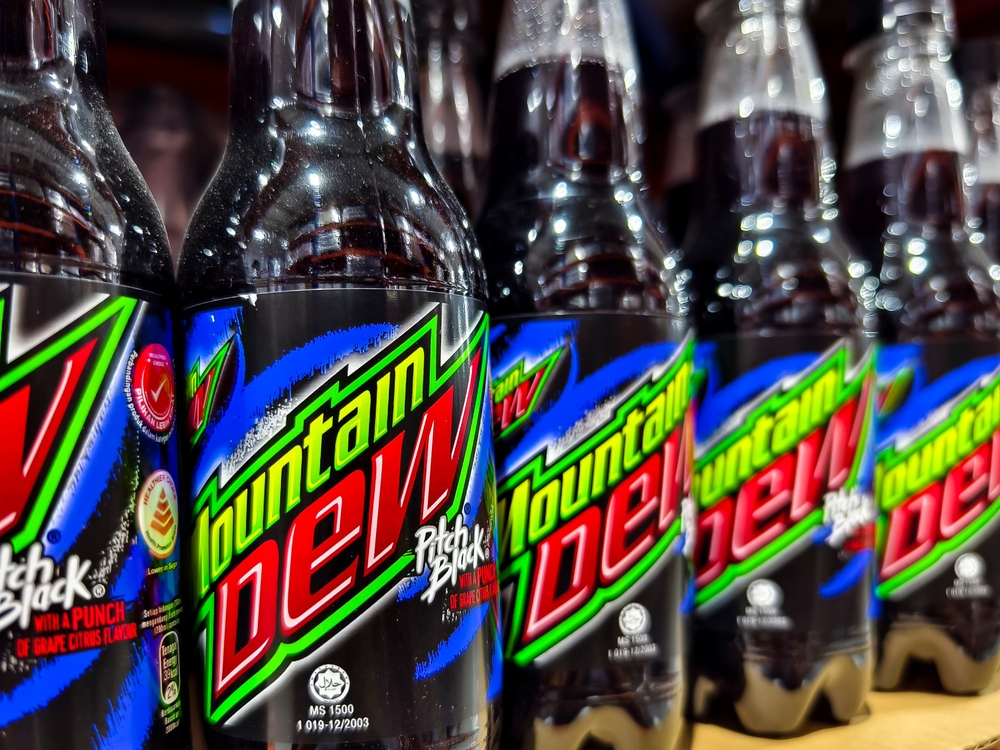
First released as a limited edition in 2004, Mountain Dew Pitch Black featured a dark grape flavor. Its unique taste and color made it a hit during the Halloween season. Due to its popularity, it saw several re-releases over the years. Mountain Dew Pitch Black has become a cult favorite among Mountain Dew enthusiasts.
Tab
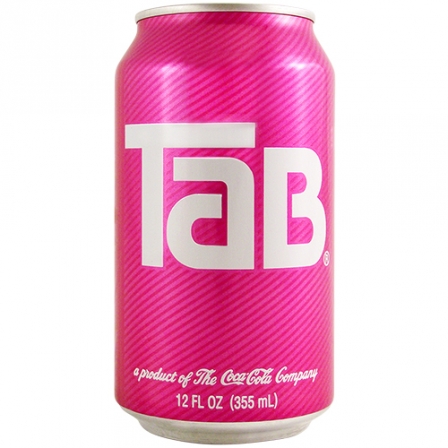
Introduced in 1963 by Coca-Cola, Tab was one of the first diet sodas marketed as a weight-conscious alternative to regular soft drinks. The beverage used saccharin as a sweetener, which sparked controversy over its potential health risks. Tab enjoyed massive popularity during the 1960s and 1970s, particularly among women. As Diet Coke entered the market in the 1980s, Tab’s popularity waned, and it was officially discontinued in 2020. Despite this, it is fondly remembered as a groundbreaking product in the diet soda category.
Mello Yello
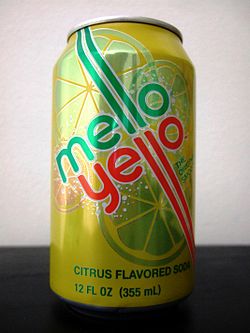
Coca-Cola introduced Mello Yello in 1979 to compete directly with Mountain Dew. The citrus-flavored soda featured a smoother, less tangy taste, which distinguished it from its competitors. Its catchy advertising campaigns during the 1980s helped it build a loyal following among young adults. Although Mello Yello’s popularity has fluctuated, it remains available in select markets today. It continues to be celebrated for its retro vibe and association with classic American culture.
Fresca

Fresca was first launched in 1966 and is a citrus-flavored diet soda that stands out for its unique grapefruit taste. It was marketed as a sophisticated beverage and often positioned as a mixer for cocktails. Over the years, its recipe has evolved to replace artificial sweeteners like saccharin with modern alternatives. Fresca continues to enjoy a niche but devoted fan base, particularly among those seeking sugar-free options. Its enduring appeal lies in its distinctive flavor and association with a more refined drinking experience.
RC Cola
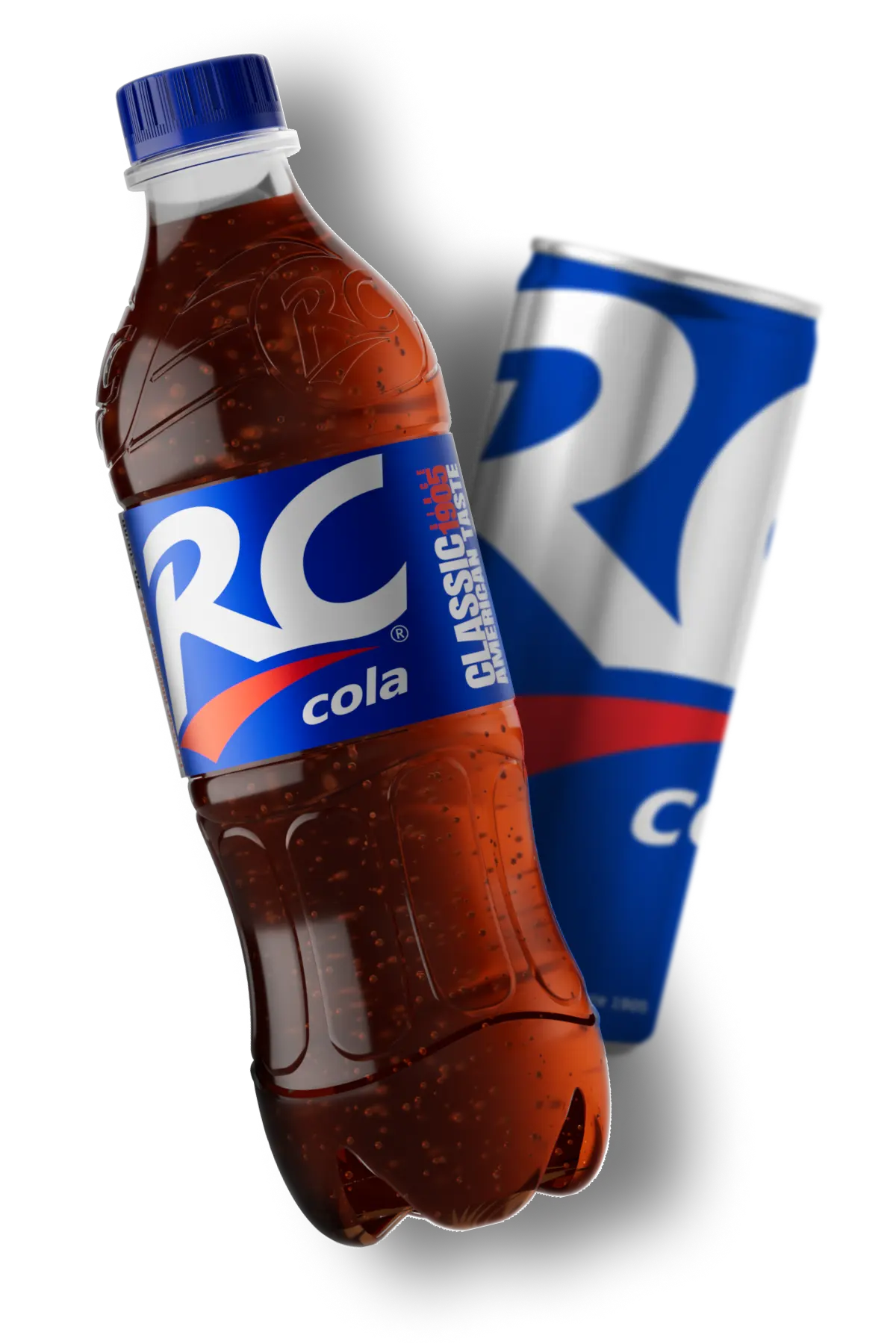
Royal Crown (RC) Cola, dating back to 1905, rose to fame as a strong competitor to Coca-Cola and Pepsi. Known for its bold, sweet flavor, it gained popularity during the mid-20th century with innovative marketing campaigns. The brand also introduced the first diet cola, Diet Rite, in 1958, pioneering a new market segment. Although its prominence has waned in modern times, RC Cola remains a nostalgic favorite, especially in Southern states. Its legacy as a trailblazer in the soda industry continues to resonate with consumers.
Shasta
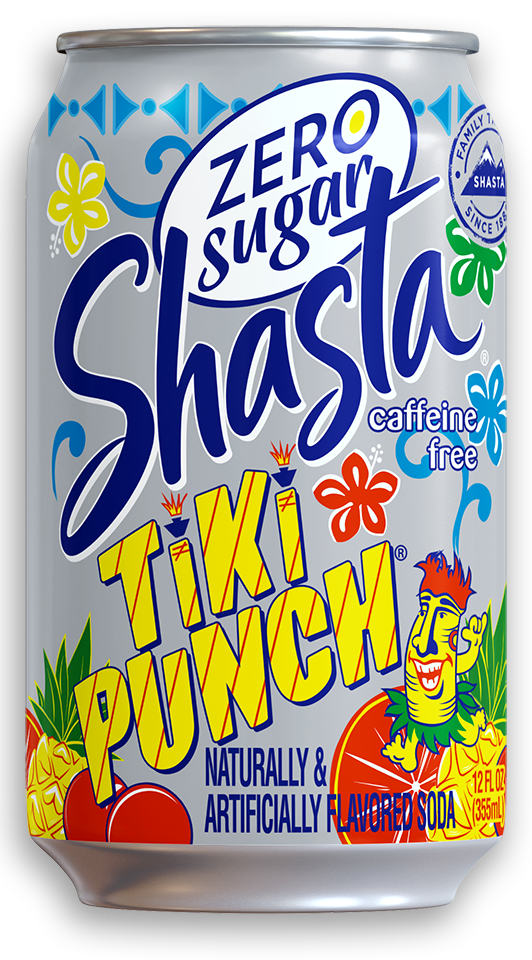
Shasta became a household name in the mid-20th century for its wide variety of flavors and affordability. Known for its tagline “It’s Shasta!” the brand offered a plethora of options, from cola to unique flavors like Tiki Punch. Its innovative approach to packaging, such as cans instead of bottles, appealed to busy families. Shasta remains in production, continuing to evoke memories of simpler times while catering to budget-conscious consumers. Its retro status is cemented by its bold branding and lasting presence on store shelves.
This article originally appeared on RetailShout.
More From RetailShout
Target’s 17 Latest Early Black Friday Deals You’ll Love
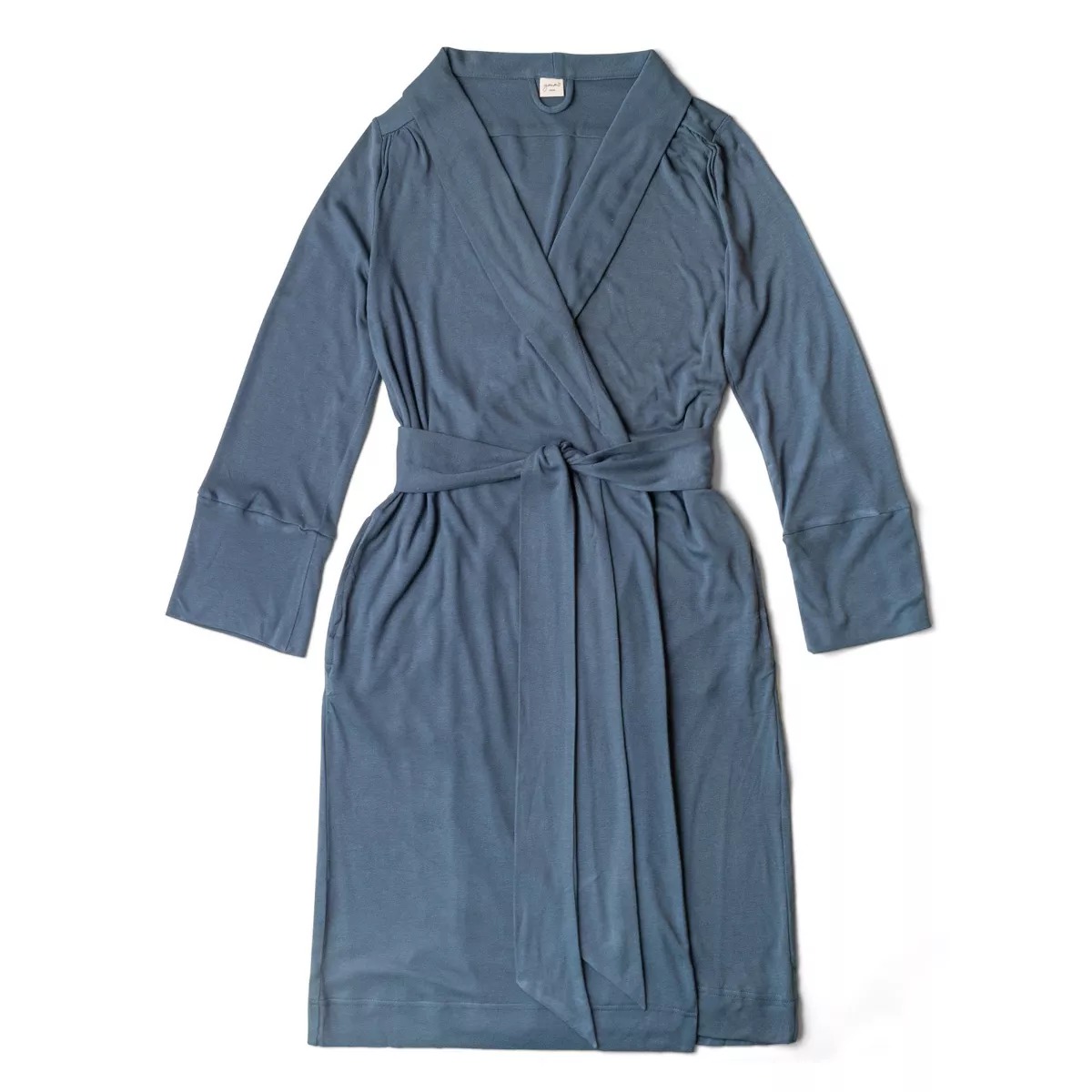
It’s that time of year again when big savings are everywhere, and Target is leading the way with early Black Friday deals. If you’re looking to get ahead on your shopping list or treat yourself to something special, these offers are too good to pass up. Read More.
11 Best Aldi Chocolates You Need to Try Right Now
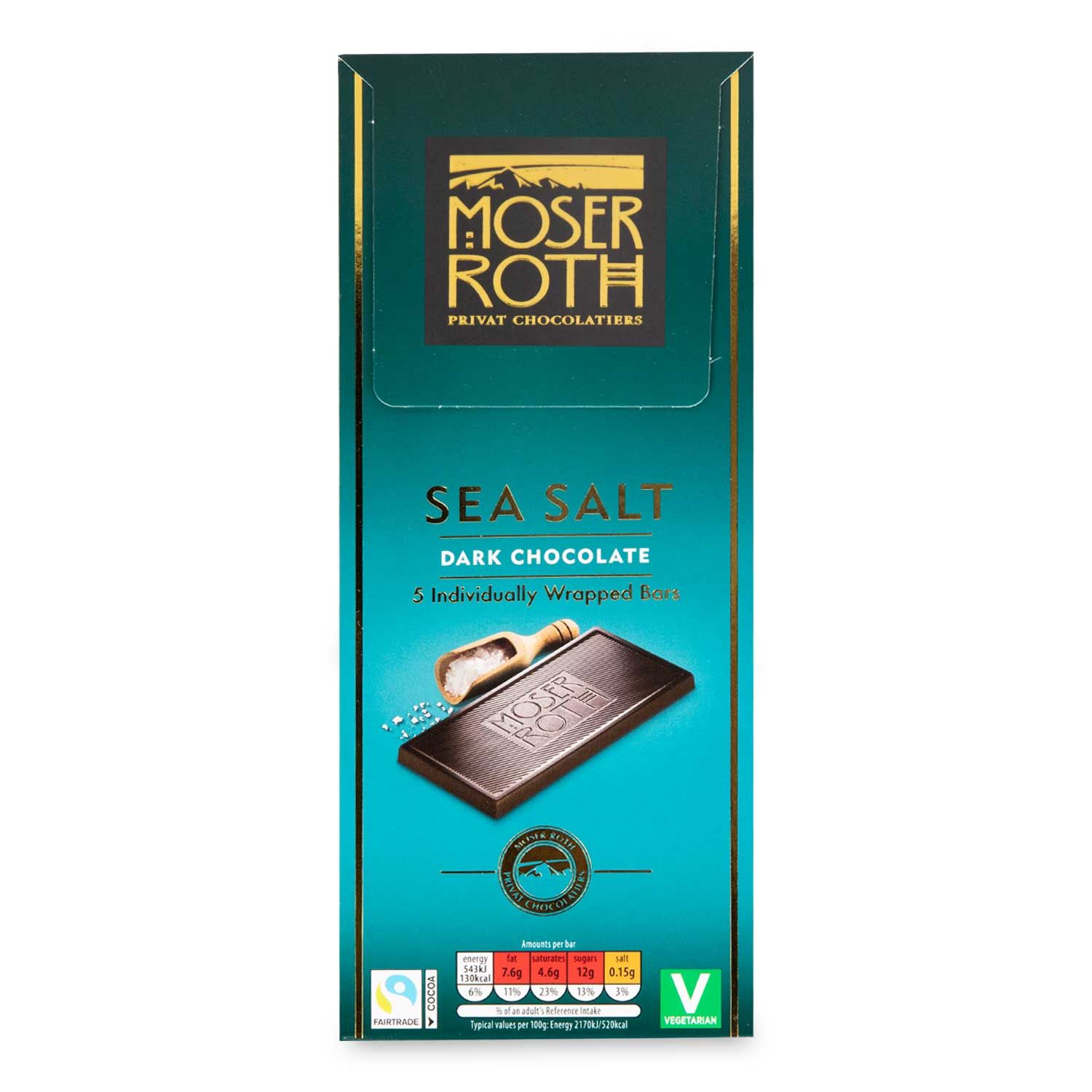
If you’re a fan of chocolate and love a great deal, Aldi is the place to be. From creamy milk chocolate to rich dark varieties, Aldi’s shelves are filled with mouth-watering options. Read More.
10 Red-Hot Costco Black Friday Deals Flying Off Shelves
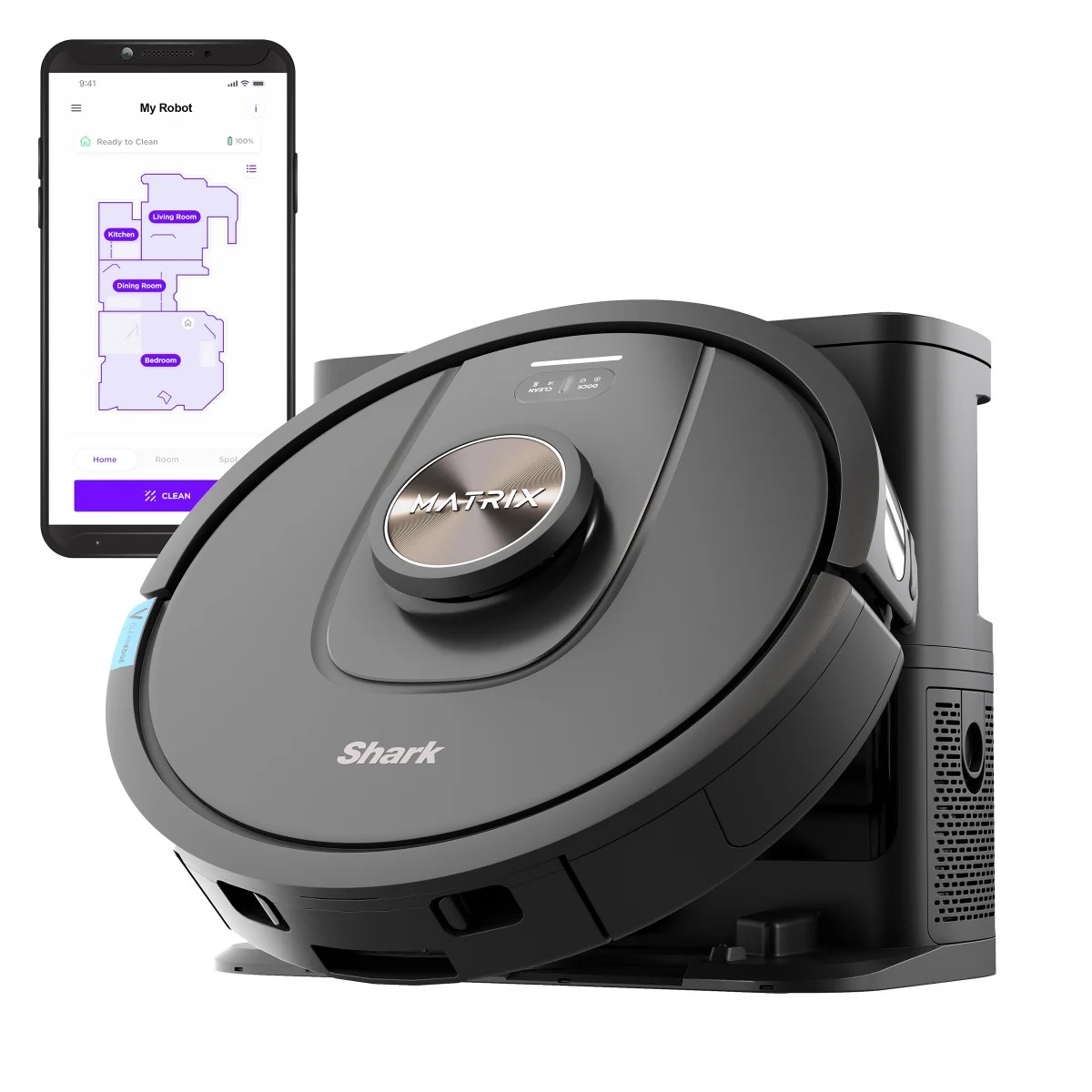
Black Friday is here, and Costco is making a big splash with some of the hottest deals around. From tech gadgets to kitchen essentials, shoppers are racing to snag these incredible discounts before they’re gone. Read More.

